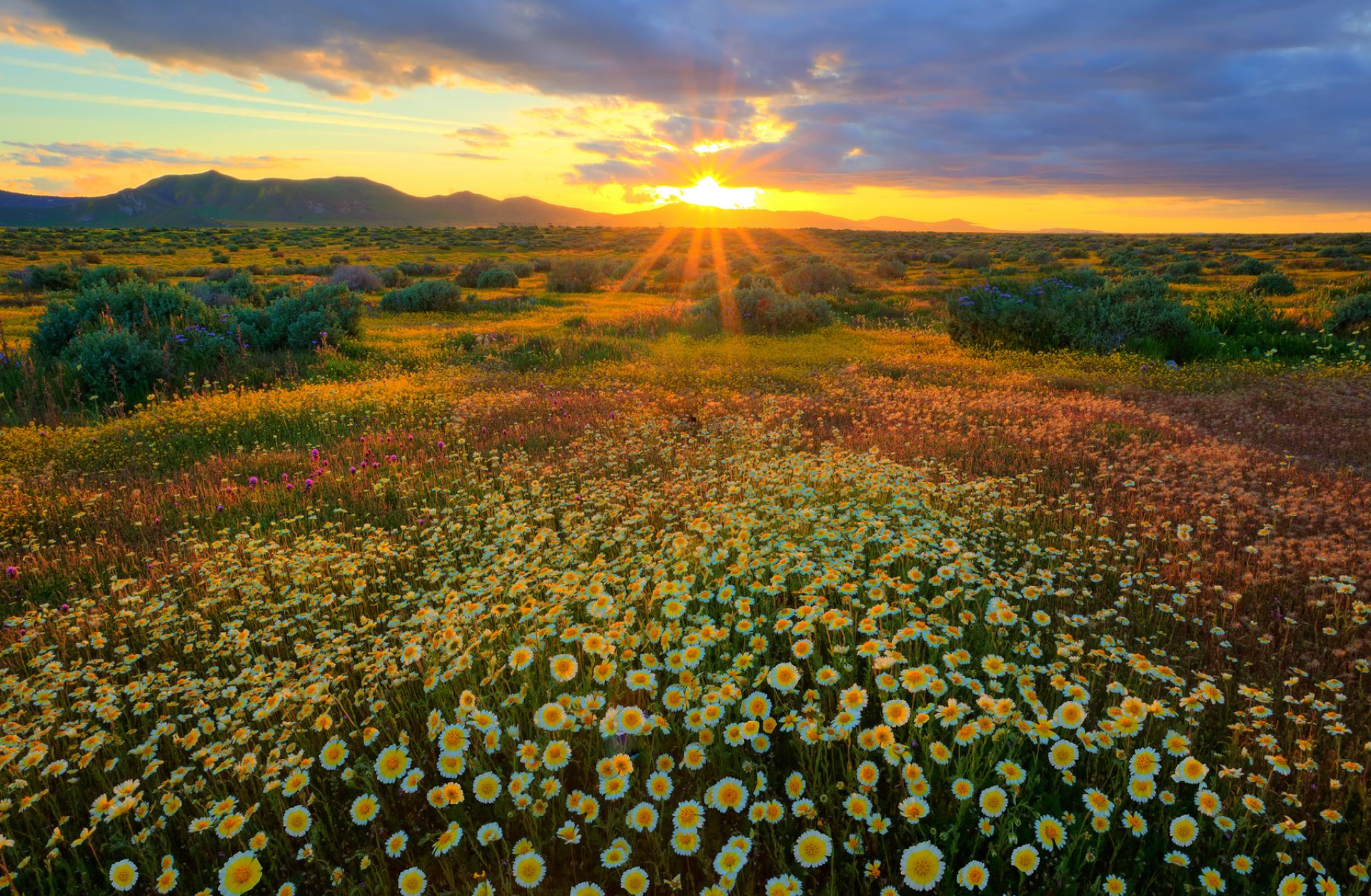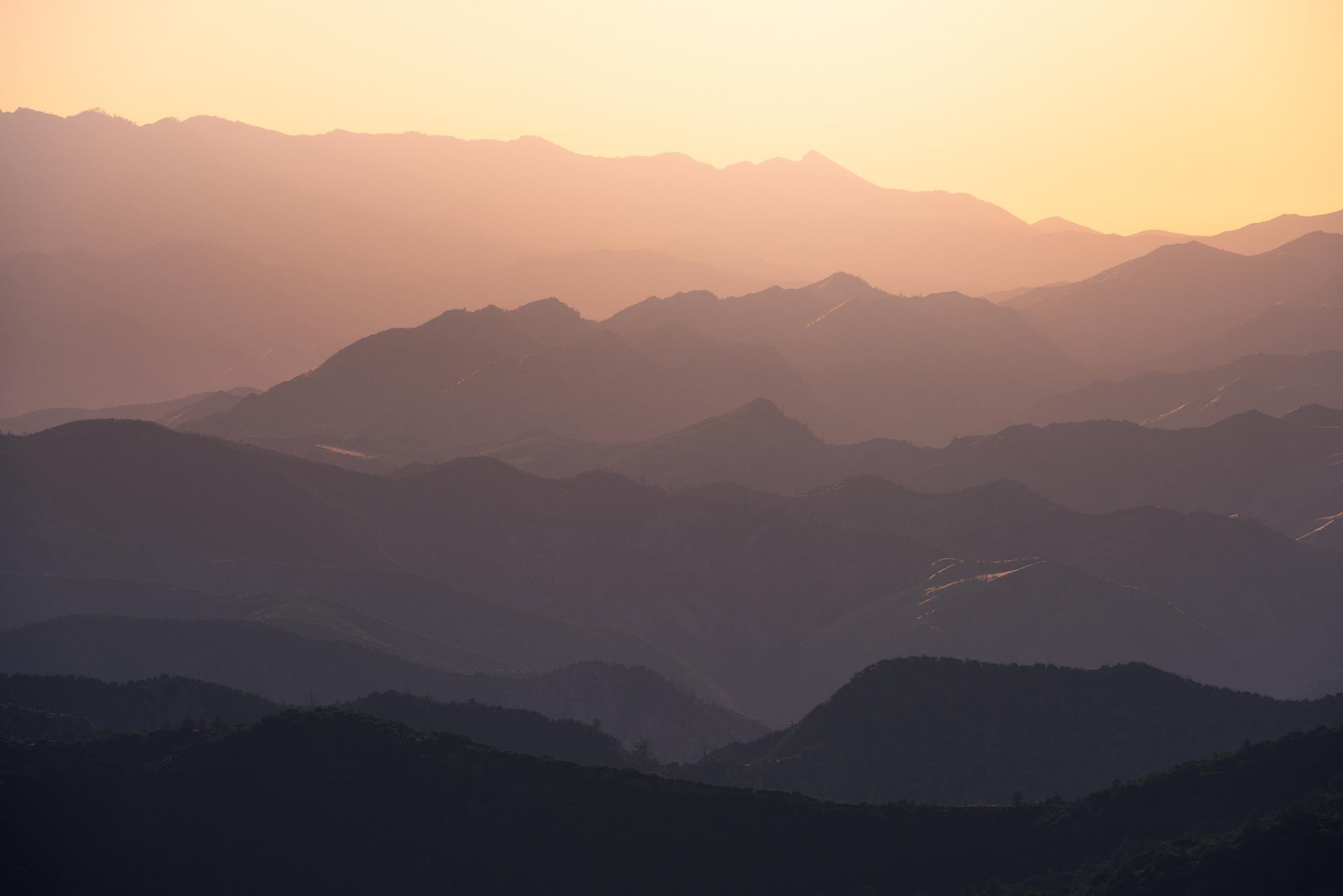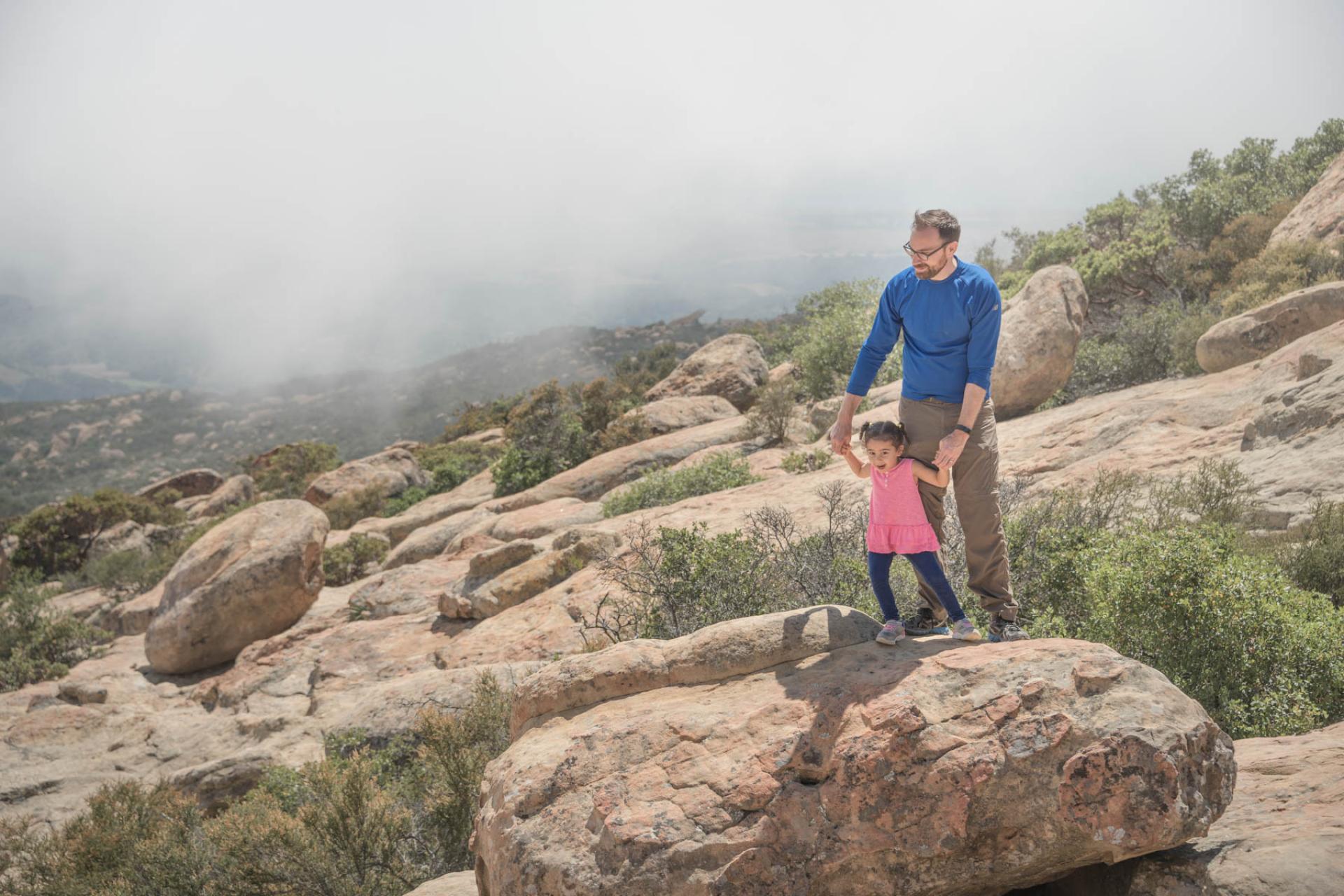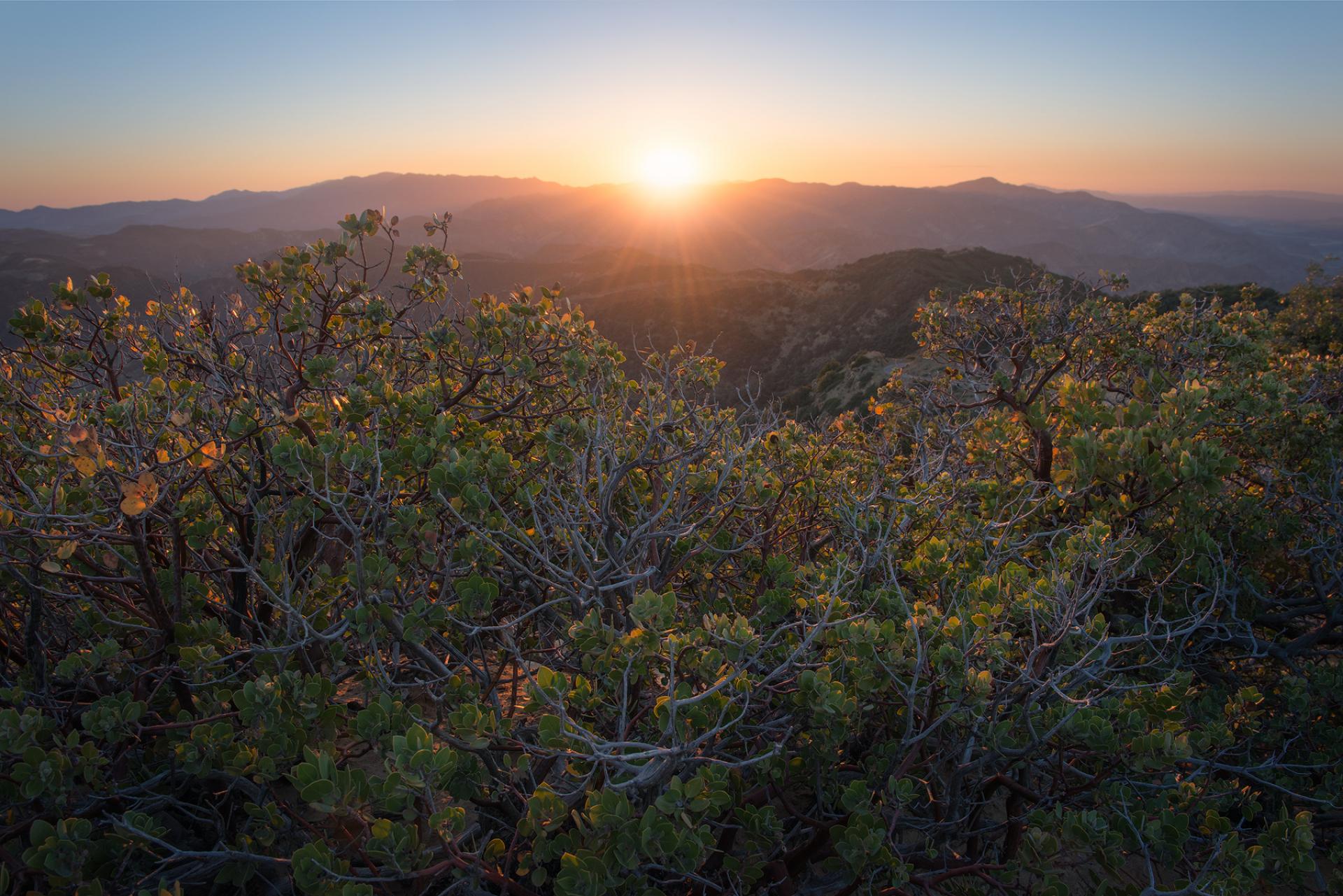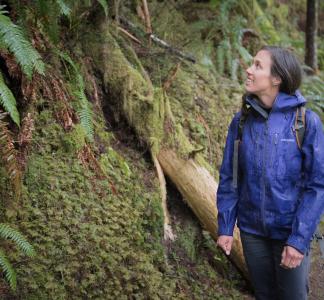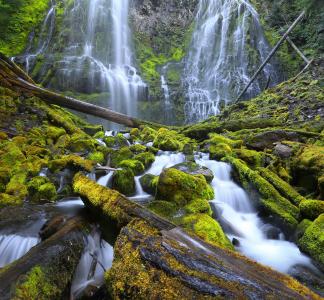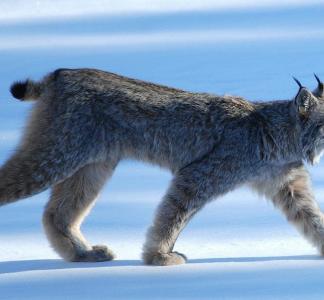Mason Cummings, TWS
Preserving the wild heritage of California’s Central Coast
The Central Coast lies about 100 miles northwest of Los Angeles and has some of the most diverse ecosystems in North America. They range from the coastal sage scrub of Channel Islands National Park to the chaparral and conifer forests of the Los Padres National Forest, and then on to the grasslands of Carrizo Plain National Monument.
It contains important Native American cultural sites and a unique mix of plants and animals including the endangered California condor and southern steelhead. Well-used trails and backcountry areas are staples to locals and visitors alike in this region of California.
California’s Central Coast has thousands of acres of alkali wetlands, grasslands, mountains and the San Andreas Fault.
The threat
The Central Coast is a biologically rich area of California stretching over coastal ranges, valleys and plains. The region contains critical wildlife and native plant habitat and is an important water resource for nearby urban areas. Local economies depend on tourism and recreational opportunities found on these pristine and spectacular public lands.
But oil and gas development now threatens the Central Coast. The Bureau of Land Management announced in August 2018 that it was moving forward with a plan to offer new leases on 1.6 million acres of public land in the area.
We are working to secure additional protections for this region through the Central Coast Heritage Protection Act, championed by Senator Kamala Harris and Congressman Salud Carbajal.
What we're doing
-
Advocating for new legislation
Working to advance legislation that would safeguard 245,000 acres as wilderness, 158 miles as wild & scenic rivers and 35,000 acres as scenic areas.
-
Educating the public
Teaching Californians about the economic, recreational and cultural values of public lands.
-
Supporting partners
Helping grassroots partner organizations working to defend and protect the Central Coast.
